The Henry's Fork is Valhalla; the place you visit when you've reached your pinnacle as an angler. And as a result, the Fork, more than any other river, transcends numbers, size, and every other form of tyrannical quantitative analysis; it is a star in the angling sky, a fly fishing temple where the only thing that truly matters is your next cast.
Of course, I can't tell you "The Truth, The Whole Truth, The Nothing But The Truth" about the Henry's Fork. Nobody can. The river means so many different things to so many different people - it's been viewed through so many different lenses - that it's literally impossible to come up with a complete and accurate description, or even a synopsis we can all agree on. After all, it's not like we're talking about an ordinary body of water. The Henry's Fork is perhaps the finest, most diverse trout stream on the planet and as such, it's in a class all by itself.
I can, however, offer a few personal glimpses; snapshots that stand out from the thousands of hours I've spent on this incredible stream, and maybe a small taste of my experience will whet your appetite for a more tangible introduction.
Part one.
Thoughts on the Lower River
If Lynn Sessions hadn't decided to become a fly fishing guide, the world would be a much poorer place.
Lynn rode bulls for a living long before the big purses that are common today, and he's both talented and handsome enough he that he would have been a media star if he'd been born a generation or two later. Still, he doesn't complain. He'll show you his hands, which look as if they've been stepped on by a herd of Brahmas, and then tell you a story or two about the pro rodeo circuit, but it's obvious that his love for fly fishing is stronger than his desire to sit on two thousand pounds of mean and nasty.
Which is a good thing, if only because Lynn is one of the best anglers on the planet, and his knowledge, talent, and patient nature are far better suited to fishing (and roping, which is his other love) than they are to knocking on the Pearly Gates for eight seconds at a clip.
I don't see Lynn quite as much as I used to—it's been 20 years since I guided on the Henry's Fork —but we still keep in touch and when I called him up, I asked him how the lower Henry's Fork was fishing.
True to form, his "Damn good!" was short and to the point. Which was more than enough for me. I told him I'd be right down, jumped in my truck, and spent the drive thinking about blue winged olives and rising rainbows.
Now for those of you who aren't familiar with it, the lower Henry's Fork (downstream of Lower Mesa Falls) is a real sweetheart—the kind of water that would make any serious fly fisherman smile. The river is broad and relatively shallow, the banks are lined with willows, brush, and the occasional stately cottonwood, the bottom ranges from gravel to good sized cobble, and the entire stretch looks like it could give up a twenty inch brown or rainbow with relatively little prompting - which it does on a regular basis.
In fact, the fishing on the lower river is both so good and so consistent that it's not much of a secret, and if you're in town for one of the super hatches—for instance, the annual salmon fly extravaganza—the water can get downright crowded.
We were a few weeks removed from salmon flies, though, and Lynn and I, along with Lynn's son Braide and our old friend Steve Mate, had the water to ourselves. Not that we were in a hurry to exploit the situation, as it was cold and rainy and the bugs were still a bit scarce.
We sat in Lynn's pickup—it was one of those oversized Fords with a back seat big enough for two men, three dogs, and a picnic basket—and watched the rain hit the river. We told stories to pass the time, some of which may even have contained a kernel or two of truth, and then we noticed a lone trout rising amidst the raindrops beneath an overhanging cottonwood. He was a large trout, and since he was beginning to eat with gusto, and since he was soon joined by several hungry companions, we figured we'd better get into our waders and try to catch a few fish.
By the time we actually hit the water, the bugs were thick, the trout were up, and I had a pretty good idea that life was about to get interesting.
As it turns out, I was right.
Now I suppose I could tell you about all the big fish that I stuck that afternoon, or all the big fish that I saw Lynn stick, or the five trout over 22" that Steve and Braide, who headed upstream, said they hooked and landed—Steve held up his brown trout-lacerated thumb as proof of one such leviathan—but what would be the point? The fishing, the catching, the "spot him, make the cast, get the drift, he ate it!, set the hook, son-of-a-bitch, look at him jump!" moments were the kind of thing that we anglers live for, but they were also, conversely, personal, even somewhat private.
In fact, it's a little bit like discussing sex. When you're in high school and you're flushed with your first few intimate encounters, you're naturally tempted to share your experiences with your buddies. As an adult, though, things are different. I may have a great relationship with my wife, but I don't have any desire to fill you in on the particulars. Nor do you need to know how many times each and every fish jumped, how big they all were, what fly they took, or any of the other mind numbing details that can turn a perfectly good fishing story into a boring recitation of fact and statistic.
Suffice it to say that when all was said and done, it was a cold, nasty, rainy day on the lower Henry's Fork, and four guys who love to fish wouldn't have had it any other way.
So to sum things up, the lower Henry's Fork is both a great fishery in and of itself as well as a perfect compliment to the more famous water upstream. It does have a few problems, as the water temperature can get a little too warm during the heat of July and August and some of the locals have less regard than they should for this wonderful resource. All in all, though, those issues are relatively minor and there are treasures on the lower river for anyone who decides to visit. It's beautiful water with plenty of room to wander around, and you'll find tremendous angling in a place where big, rising trout are the rule rather than the exception.
And if, after making the long trek to Idaho, wading in and catching a few fish, you decide that you just have to tell your buddies all about it, be my guest. Keep in mind, though, that inches and pounds have a way of obscuring the truly important stuff, and that you can't measure a river, even one as incredible as the lower Henry's Fork, by how many trout you just caught.




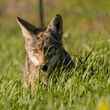
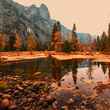
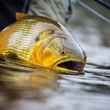
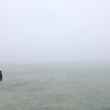
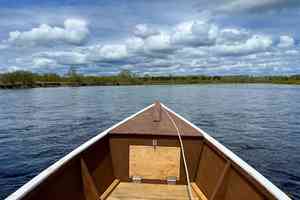


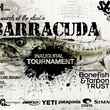
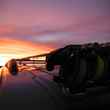
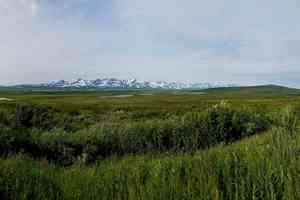

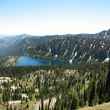
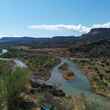
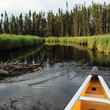



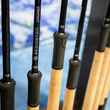
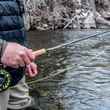



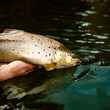
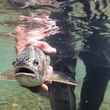

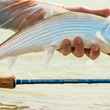
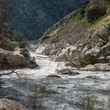
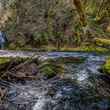
Comments
Gary Horton replied on Permalink
What a great article Todd! That River and those two have taught me so much and I will eternally be grateful. Lynn and Braide Sessions are true Legends.
Steve Born replied on Permalink
Todd - while we've never met, we should! I loved your articles on the Fork and its array of anglers, some of whom are sane. Thanks so much for brightening up a winter day in Wisconsin, while I look forward to June on the Ranch and environs. Hopefully, Covid will be "gone" and we'll be able to socialize and share the experience with our friends.
Pages